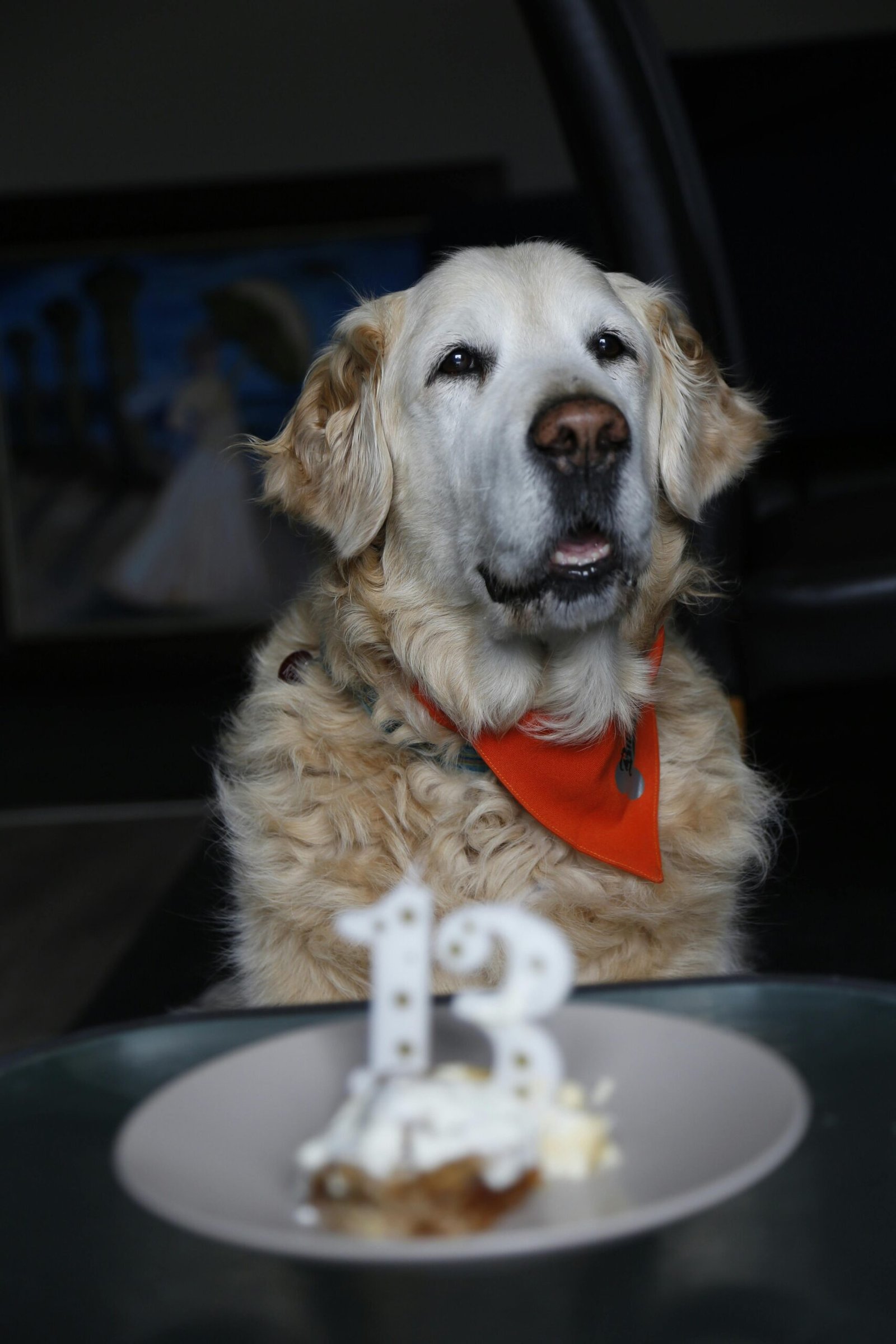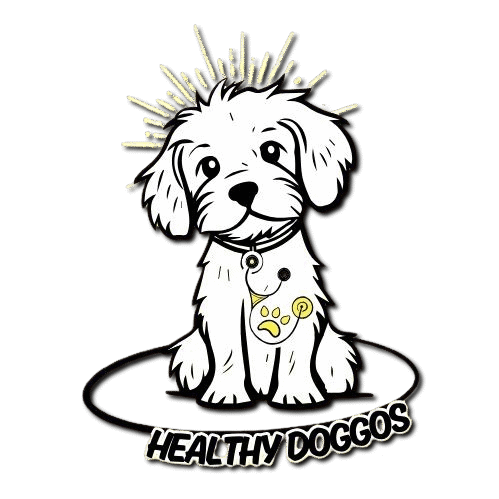As our beloved furry friends age, it becomes crucial for us as dog owners to recognize the signs of aging and understand how to provide the best care for their changing needs.
What is The Aging Process in Dogs?
As our beloved furry friends age, it becomes crucial for us as pet owners to recognize the signs of aging and understand how to provide the best care for their changing needs. Just like humans, dogs go through the natural process of aging, which brings about various physical and behavioral changes. By being aware of these signs, we can ensure that our aging dogs receive the proper care and attention they deserve.
Physical Signs of Aging
One of the first signs of aging in dogs is a change in their physical appearance. As they grow older, dogs may develop gray or white fur, particularly around their muzzle and face. Additionally, their coat may become thinner and less vibrant. It’s important to note that these changes are normal and should not be a cause for alarm.
Another physical sign of aging is a decrease in energy levels. Older dogs tend to become less active and may require more rest. They may also experience stiffness or difficulty in getting up or moving around. It’s essential to provide them with a comfortable and supportive bed to help alleviate any discomfort.
Weight gain or loss is another common physical change in aging dogs. Some older dogs may have a slower metabolism, leading to weight gain, while others may experience a loss of appetite, resulting in weight loss. Regular visits to the veterinarian can help monitor their weight and ensure they maintain a healthy body condition.
Furthermore, dental issues are prevalent in older dogs. Poor oral health can lead to gum disease, tooth decay, and bad breath. Regular dental check-ups and a proper dental care routine, such as brushing their teeth, can help prevent these issues and keep their teeth and gums healthy.

Behavioral Signs of Aging
In addition to physical changes, dogs may also exhibit behavioral signs of aging. One common behavior in older dogs is increased sleep. They may spend more time napping or sleeping throughout the day. While this is normal, it’s essential to ensure they still receive regular exercise to keep their muscles and joints healthy.
Another behavioral change is a decrease in sensory abilities. Older dogs may experience a decline in their hearing or vision. They may become less responsive to commands or have difficulty seeing objects. It’s important to be patient and understanding with them during this time, using verbal cues and hand signals to communicate effectively.
Senior dogs may also display changes in their eating habits. They may become pickier with their food or have a decreased appetite. Providing a balanced and nutritious diet tailored to their specific needs can help maintain their overall health and well-being.
Furthermore, cognitive decline, similar to dementia in humans, can occur in older dogs. They may show signs of confusion, disorientation, or forgetfulness. Engaging them in mentally stimulating activities and providing a consistent routine can help support their cognitive function.
Providing the Best Care for Aging Dogs
Once we recognize the signs of aging in our dogs, it’s crucial to provide them with the best care possible.
Here are some tips to ensure their well-being:
- Regular veterinary check-ups: Schedule regular visits to the veterinarian to monitor your dog’s health and address any age-related issues.
- Healthy diet: Feed your aging dog a balanced and nutritious diet that meets their specific nutritional needs. Consult with your veterinarian for guidance on the best diet for your dog’s age and health condition.
- Exercise and mental stimulation: Engage your senior dog in regular exercise to keep their muscles strong and joints flexible. Mental stimulation activities, such as puzzle toys or training exercises, can help keep their minds sharp.
- Comfortable living environment: Provide a comfortable and safe living environment for your aging dog. This includes a cozy bed, easy access to food and water, and a warm shelter.
- Regular grooming: Maintain a regular grooming routine to keep your dog’s coat clean and free from mats or tangles. This also provides an opportunity to check for any skin issues or abnormalities.
- Patience and understanding: Be patient and understanding with your aging dog. They may require more time and assistance with daily activities. Show them love, care, and understanding during this stage of their life.
The Takeaway about the signs of aging in your dog
Recognizing the signs of aging in our dog is essential for providing them with the best care possible. By being aware of the physical and behavioral changes that come with age, we can ensure that our furry friends receive the love, attention, and support they need to live a comfortable and happy life. Remember, aging is a natural process, and with proper care, we can make their golden years truly golden.



